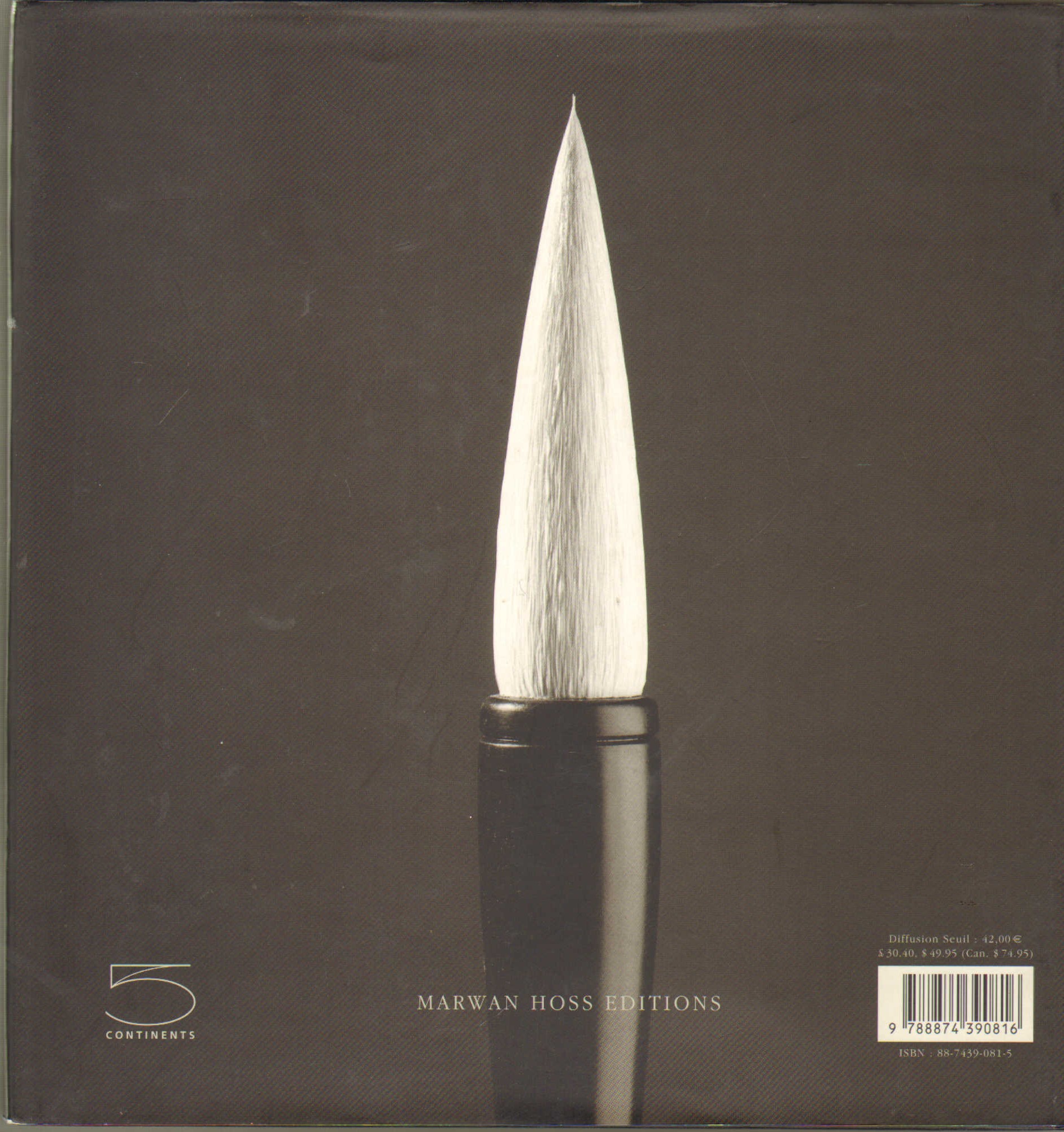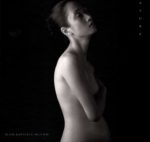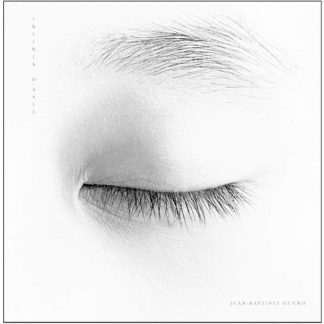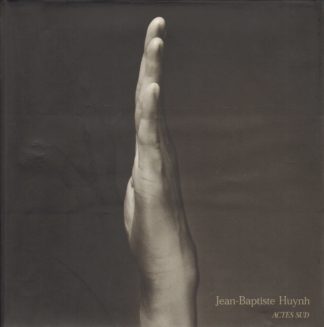VENDU / SOLD OUT
Livre Épuisé.
Exemplaire État Neuf.
Etude du visage à travers les âges au Japon. Mise en lumière de l’importance de l’objet, l’outil, la nature et les éléments au Japon ; préface de Gabriel Bauret, photos en n.b.
« Dans son ouvrage « L’empire des signes », Roland Barthes disait avec la sensiblité et l’intellignece qu’on lui connaît toute l’attention qu’il a portée à un ensemble choisi de traits de civilisation japonais, mêlant des commentaires sur les objets autant que sur les personnes.
Le travail de Jean-Baptiste Huynh s’inscrit dans le sillage de cette approche transversale. Il cadre ainsi le couteau de cuisine ou le pinceau – qui n’a pas non plus manqué d’attirer le regard de Roland Barthes – de la même manière qu’un visage, fasisant subir à leur « matière » respective le même traitement plastique, les installant sur le même fond noir, les soumettant à la même lumière, à la même exigence du détail. La structure de ce livre fondée sur une alternance répétée de sujets, dit l’intensité du regard du photographe porté sur les gens aussi bien que sur les choses. La composition de chacune des images dit la même évidence du propos, le même dépouillement, le même désir de ne pas s’égarer. » – extrait de l’introduction de Gabriel Bauret.
« In Roland Barthes’ work « The Empire of Signs », the author with his customary sensitivity and intelligence, mentions that he focused his attention on a chosen set of traditional Japanese traits, while adding his comments on the objects and the people.
The work of Jean-Baptiste Huynh follows in the wake of this transversal approach. Hence, he frames a kitchen knife or a paintbrush – which also caught the eye of Roland Barthes – in the same way that he frames a face, subjecting their respective « matter » to the same plastic treatment, setting them against the same black background, lighting them in the same manner, and paying them the same attention to detail. This book – based on repeated alternations of the subjects – expresses the intensity of the photographer’s gaze on people as well as on objects. The composition of each image clearly reveals the same intention, the same starkness and the same desire not to stray from the essential. » – extract from the introduction by Gabriel Bauret.





